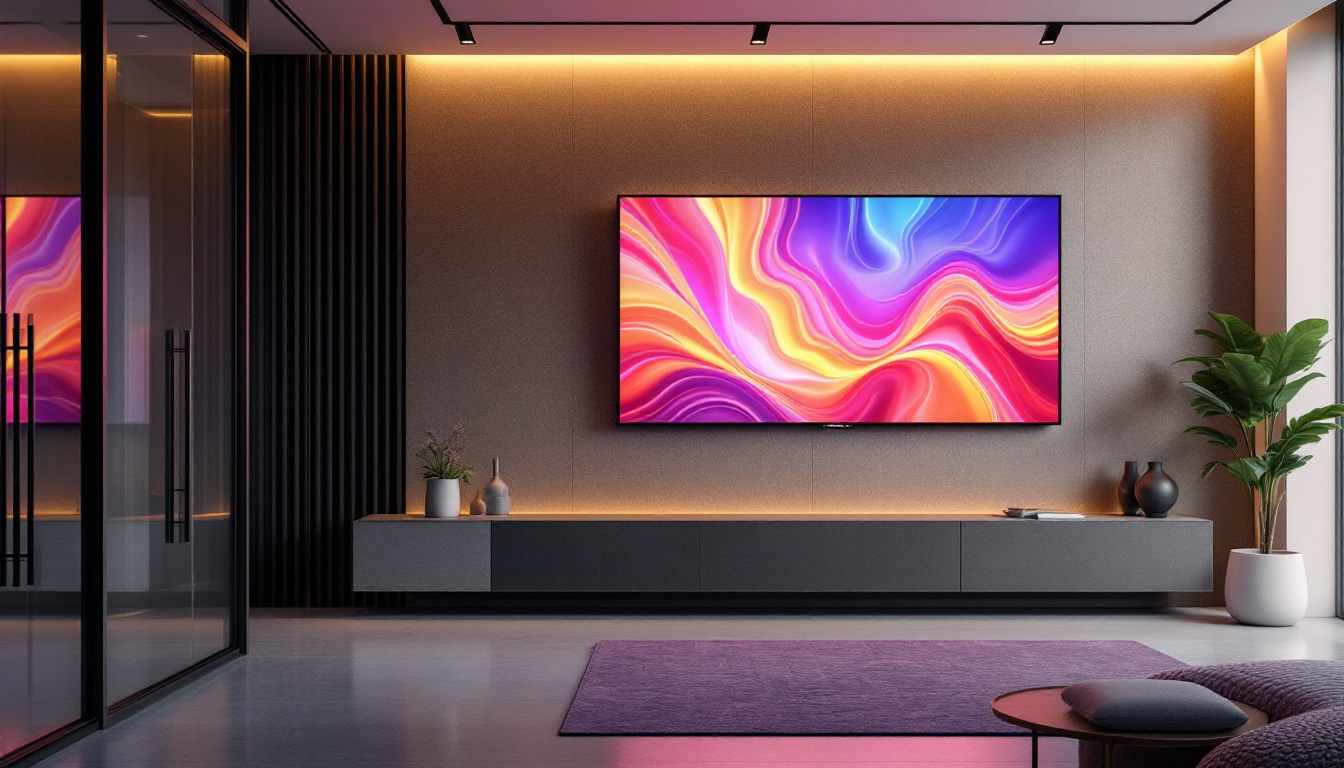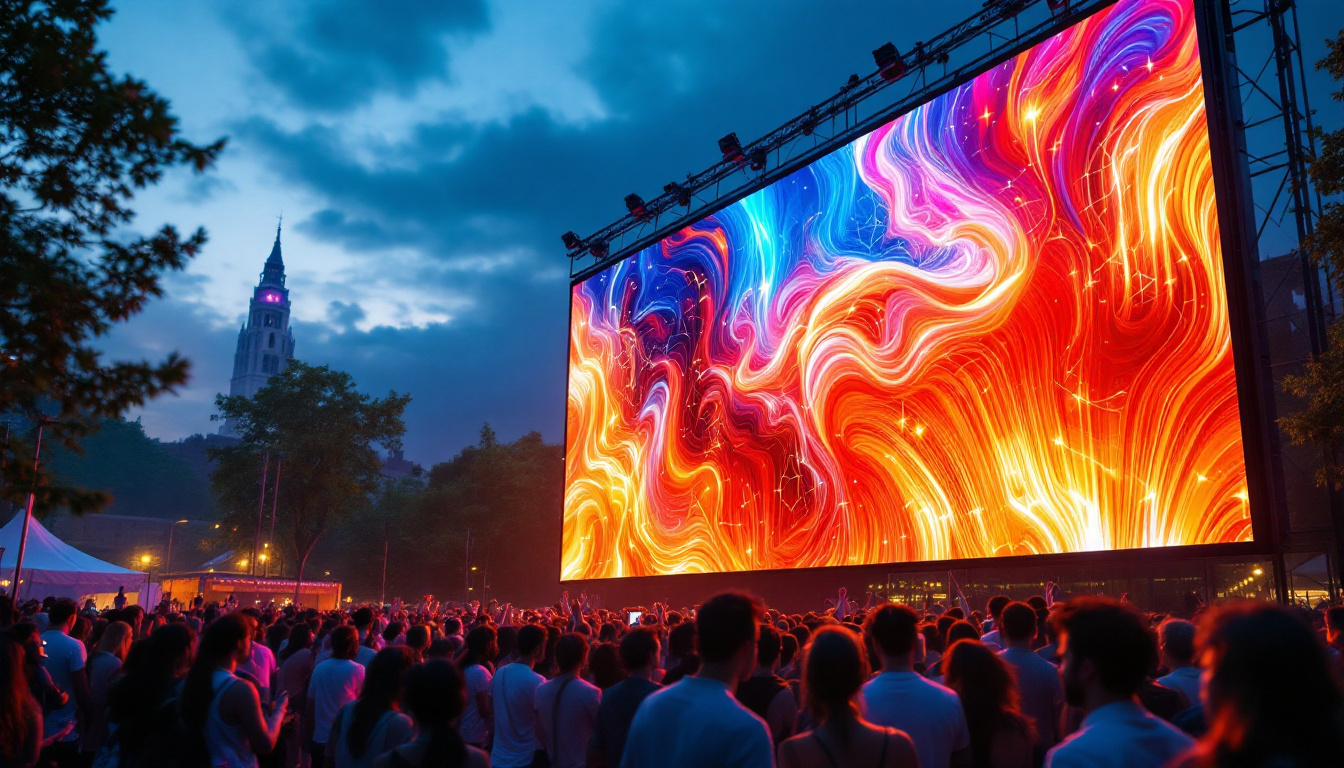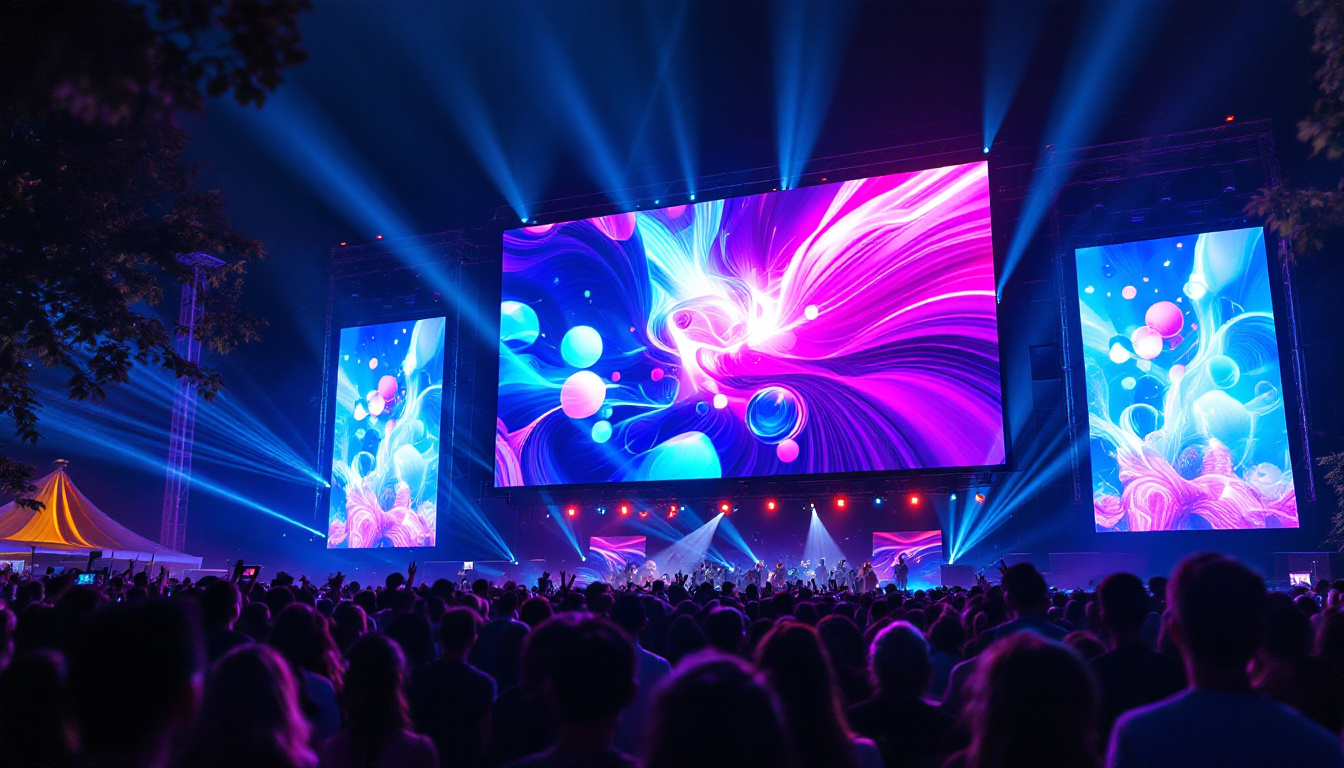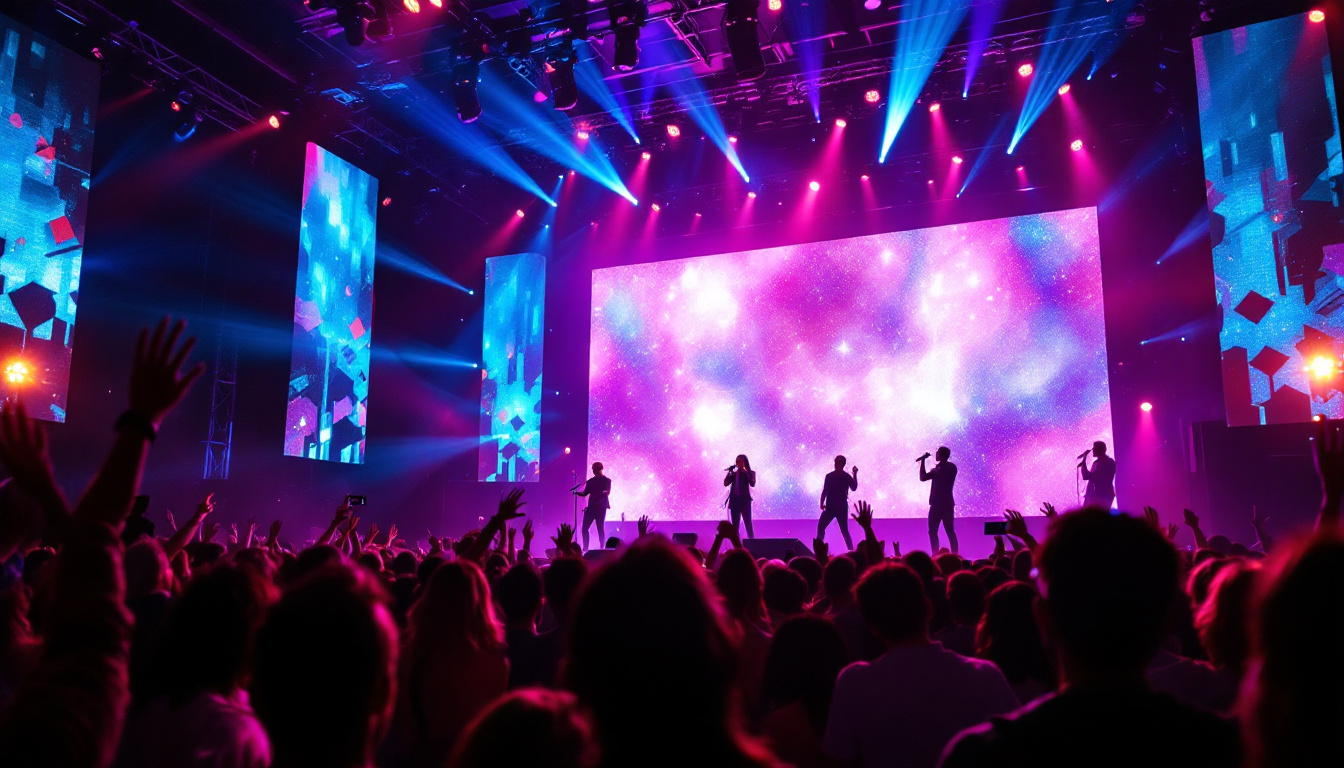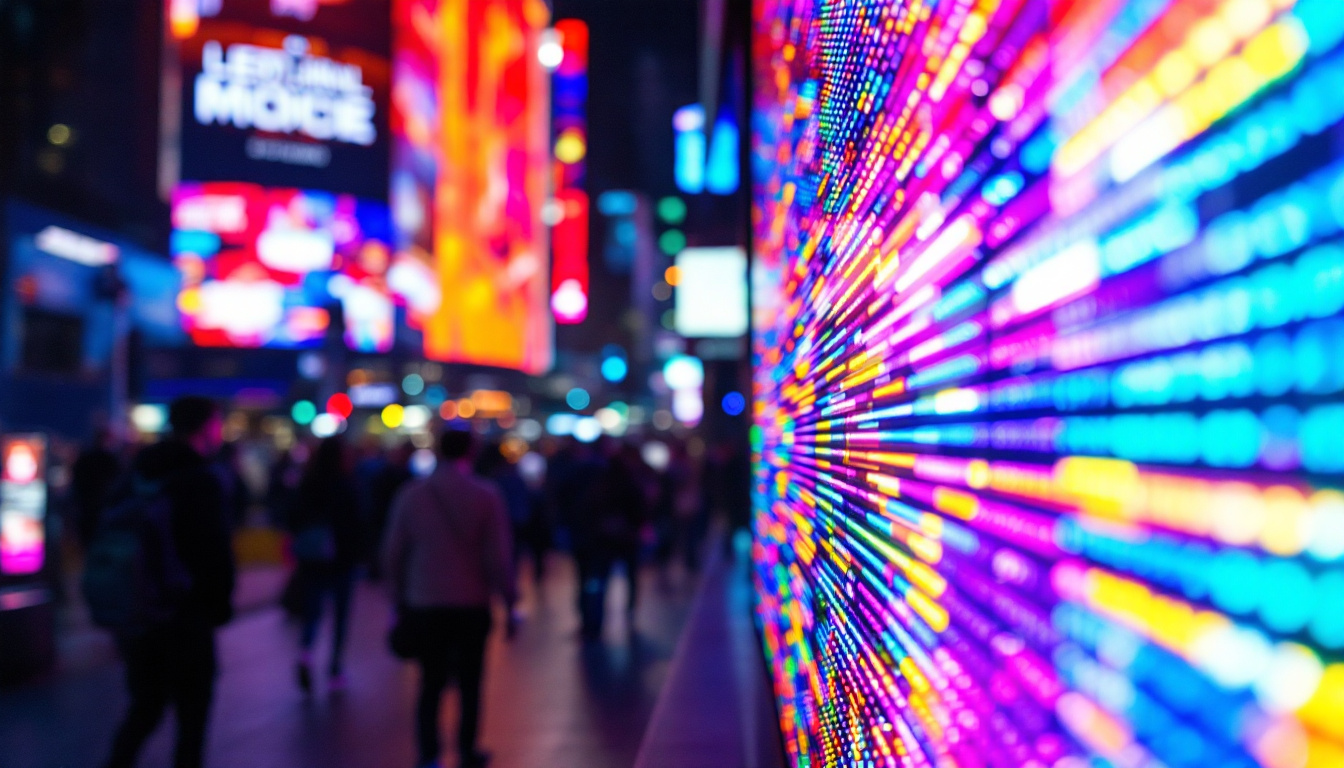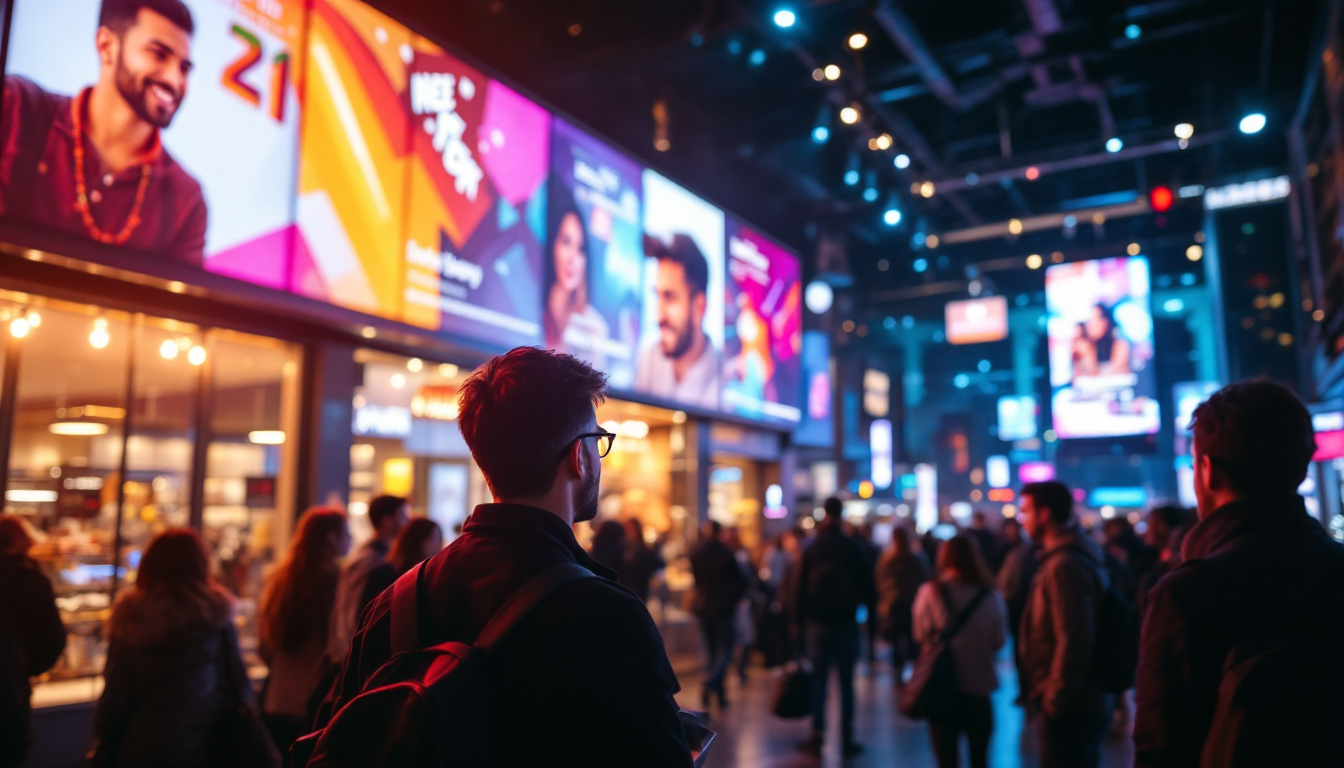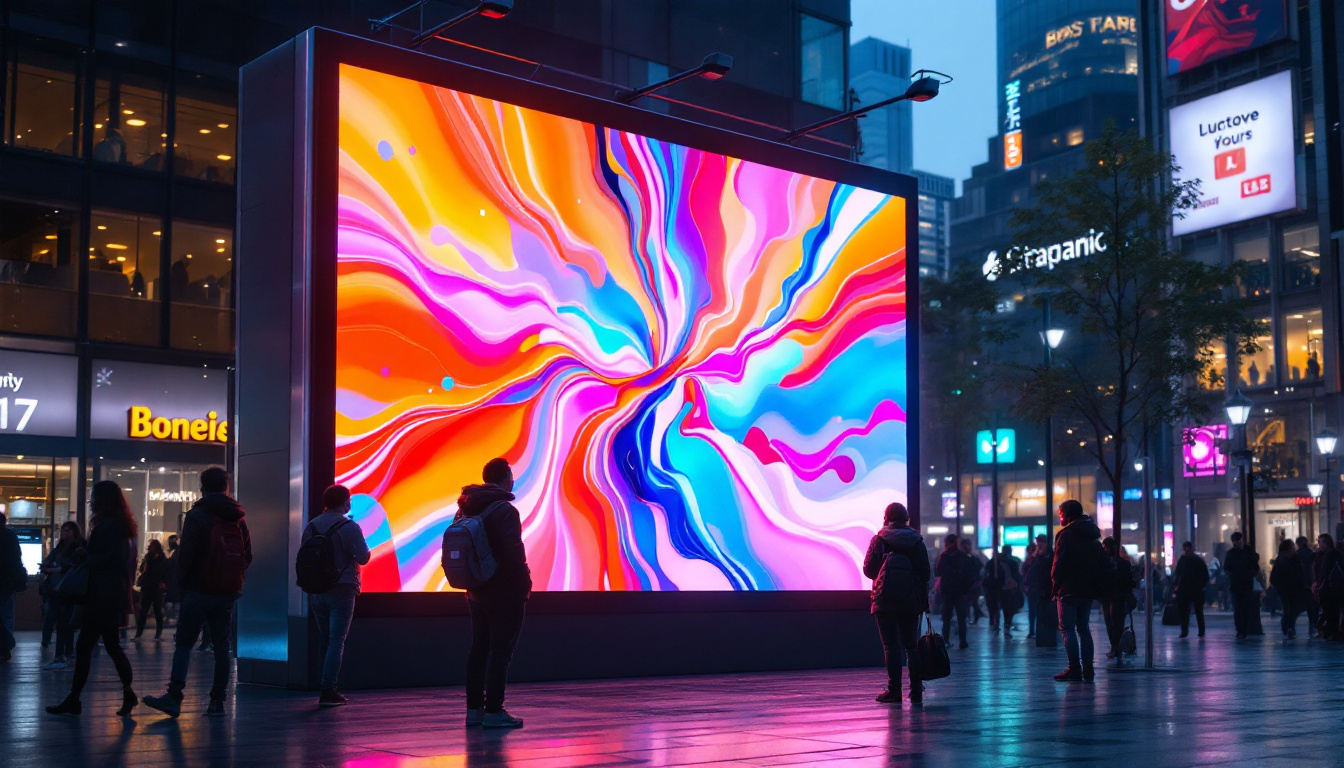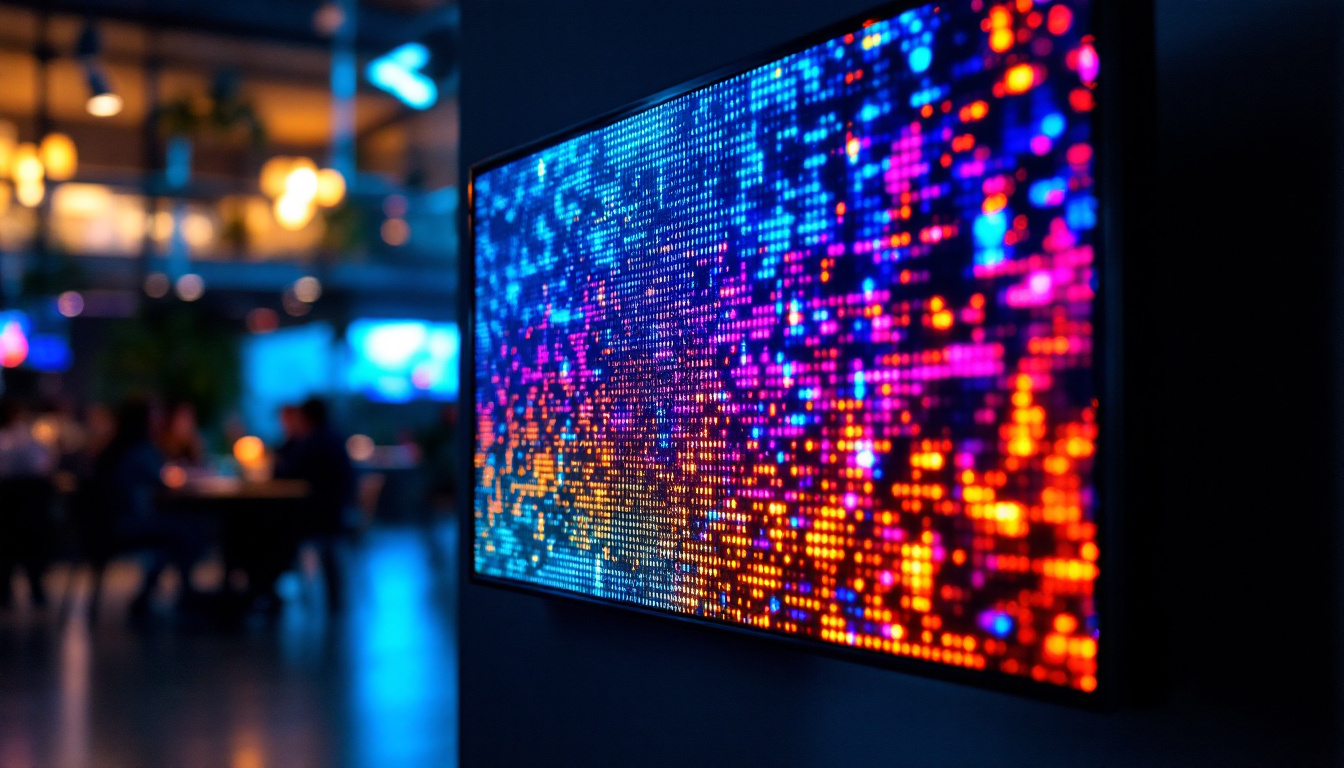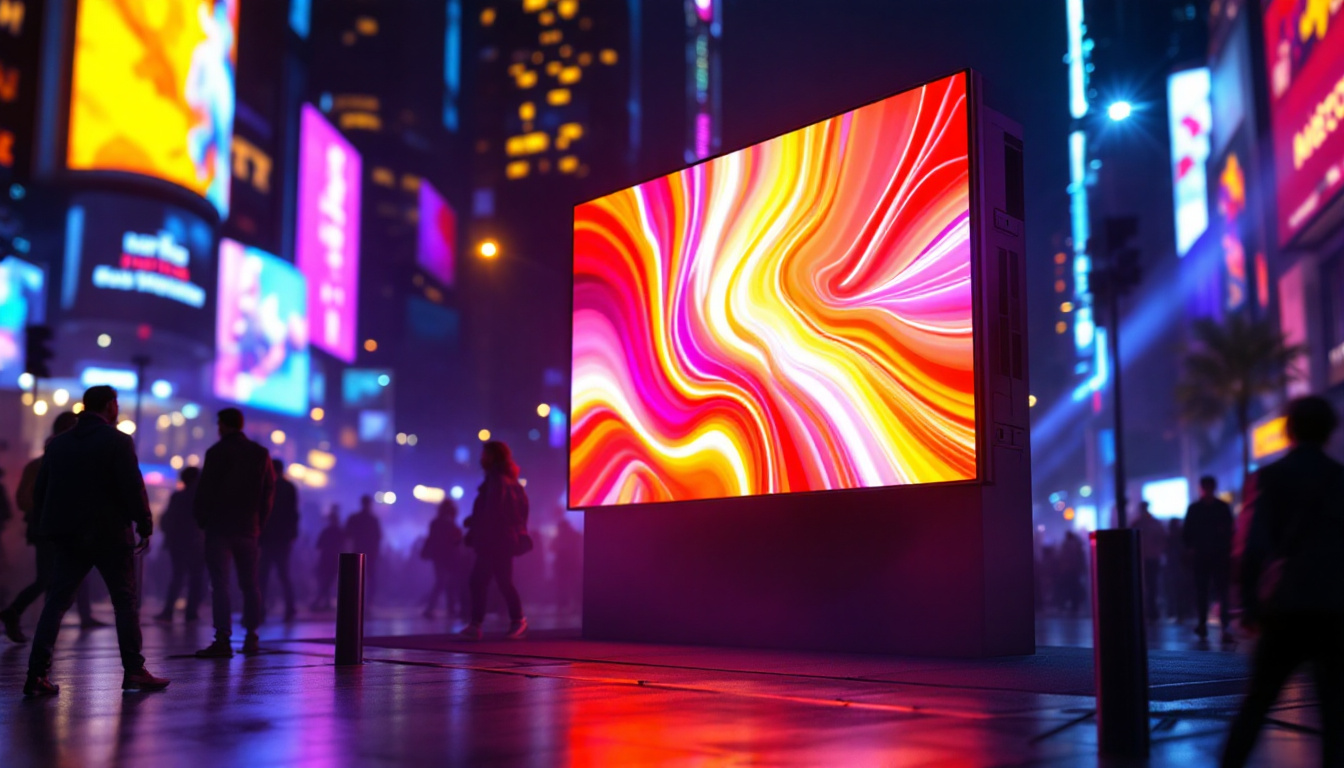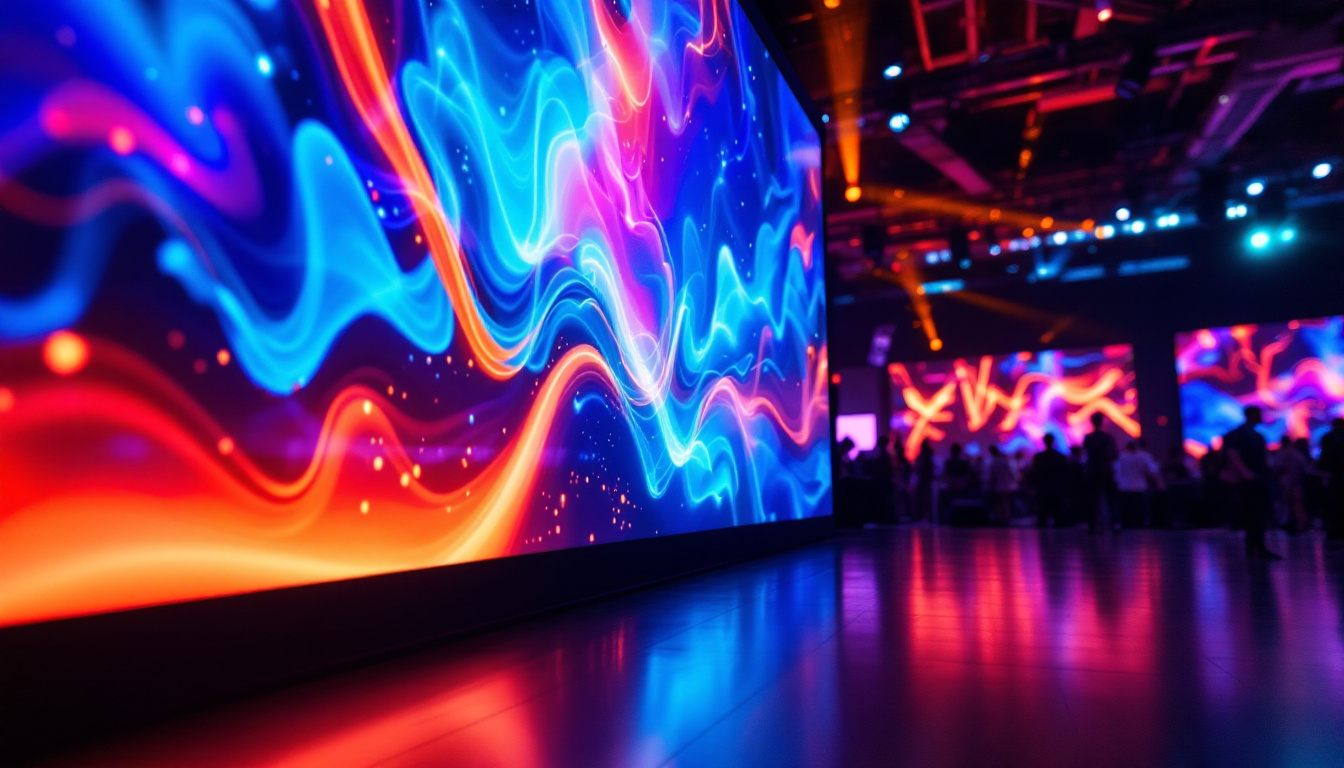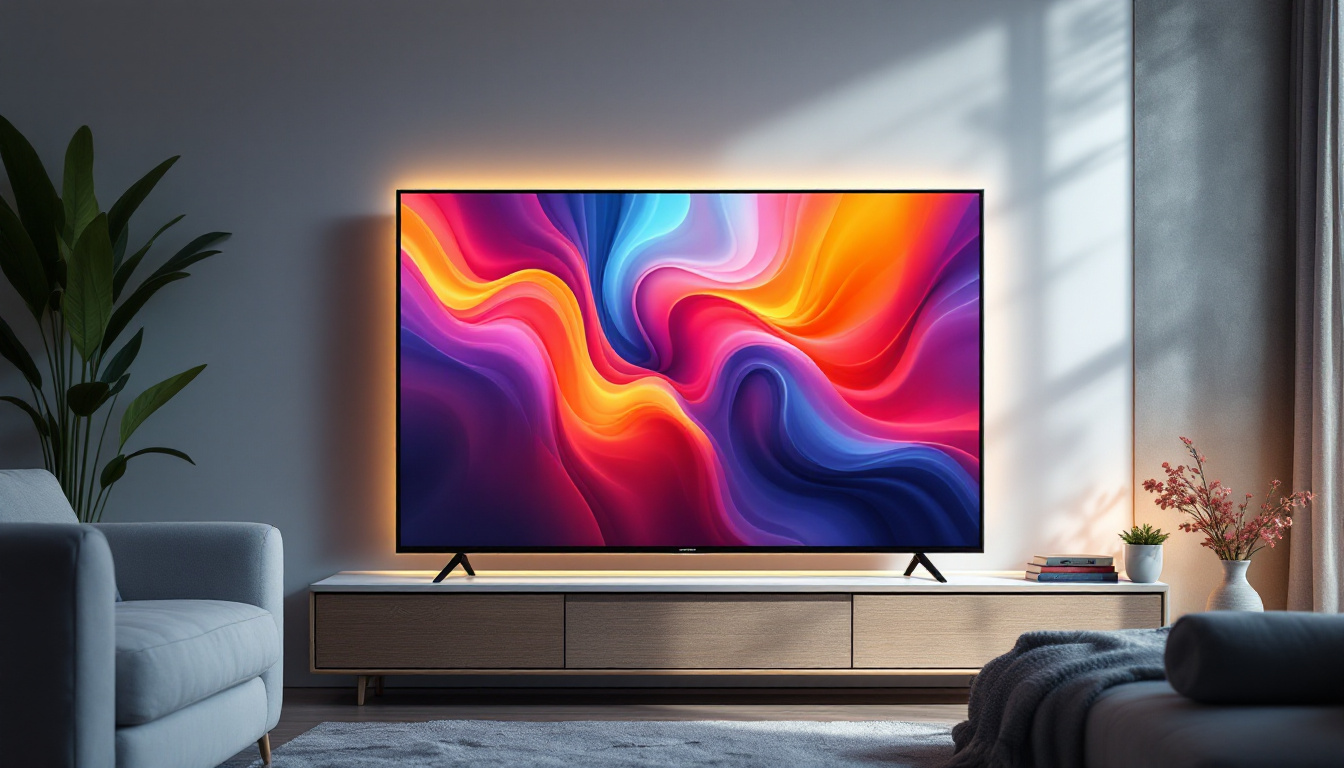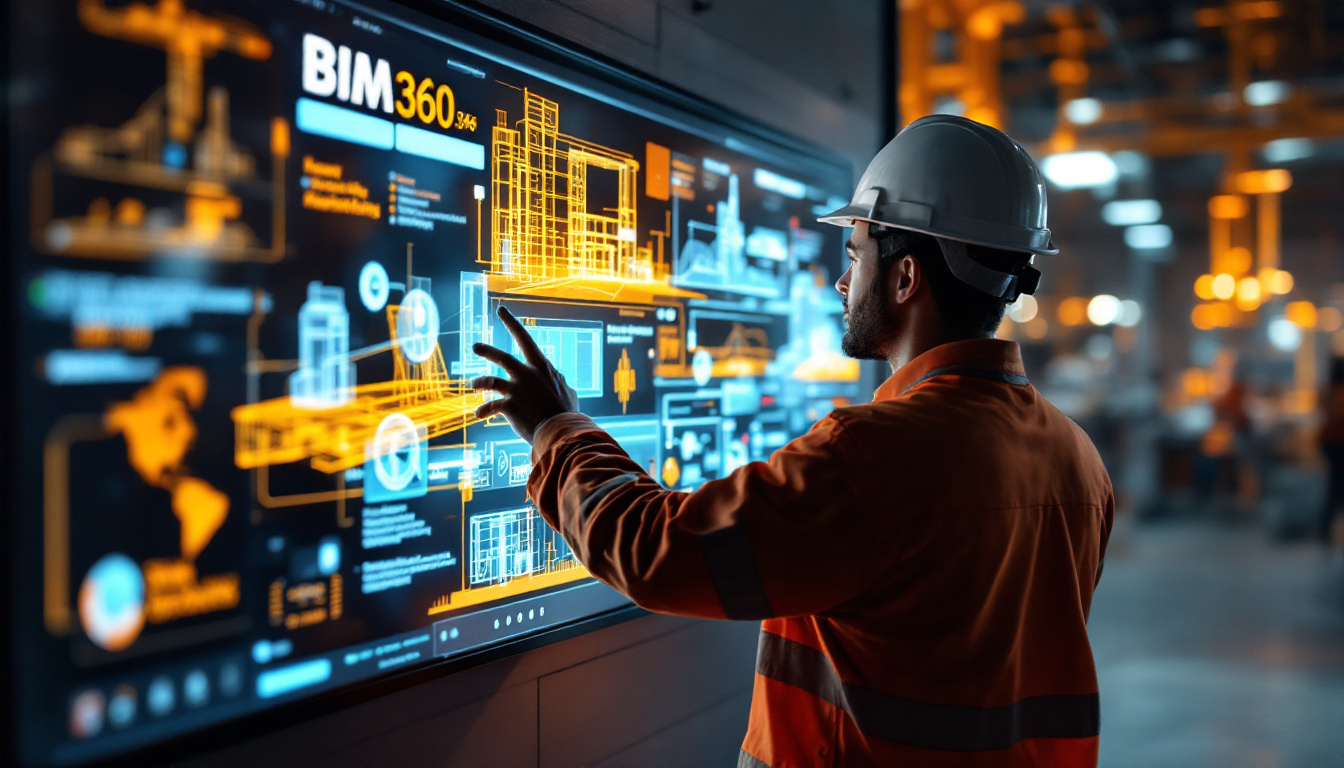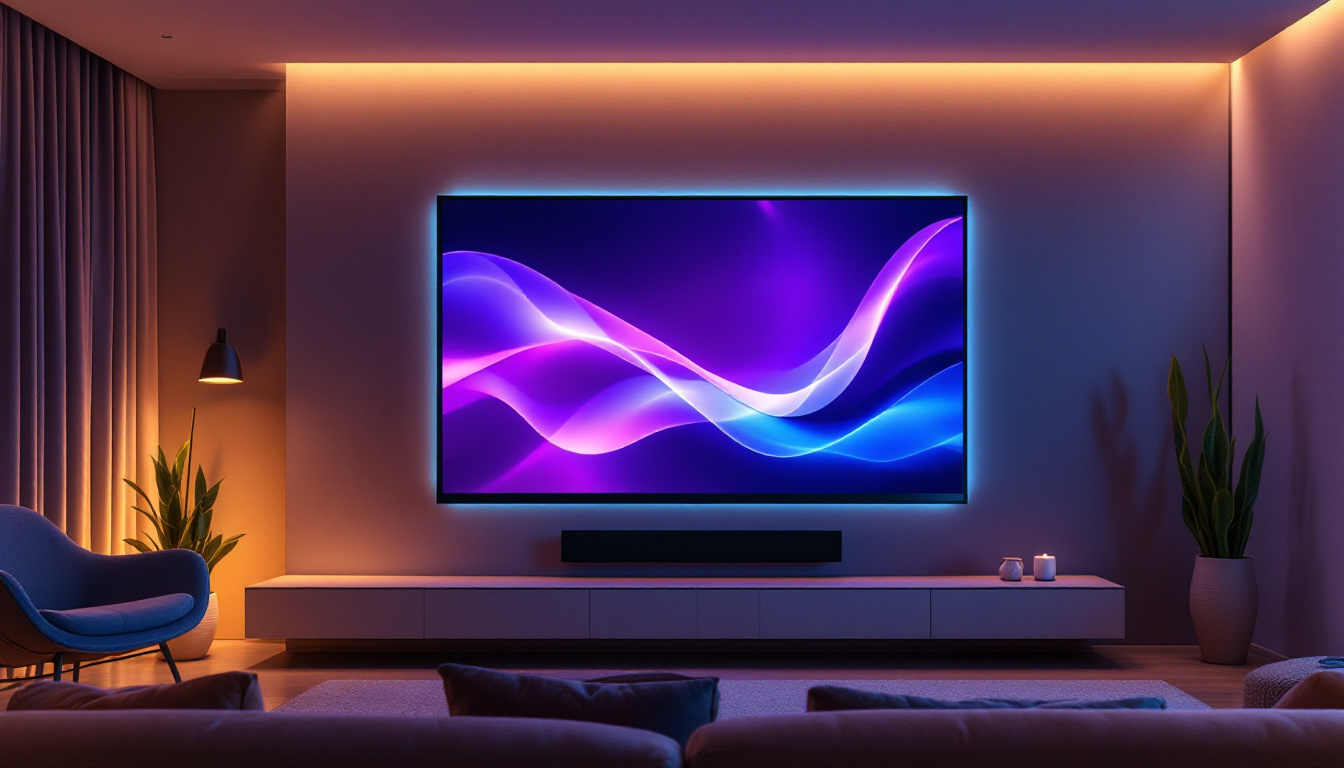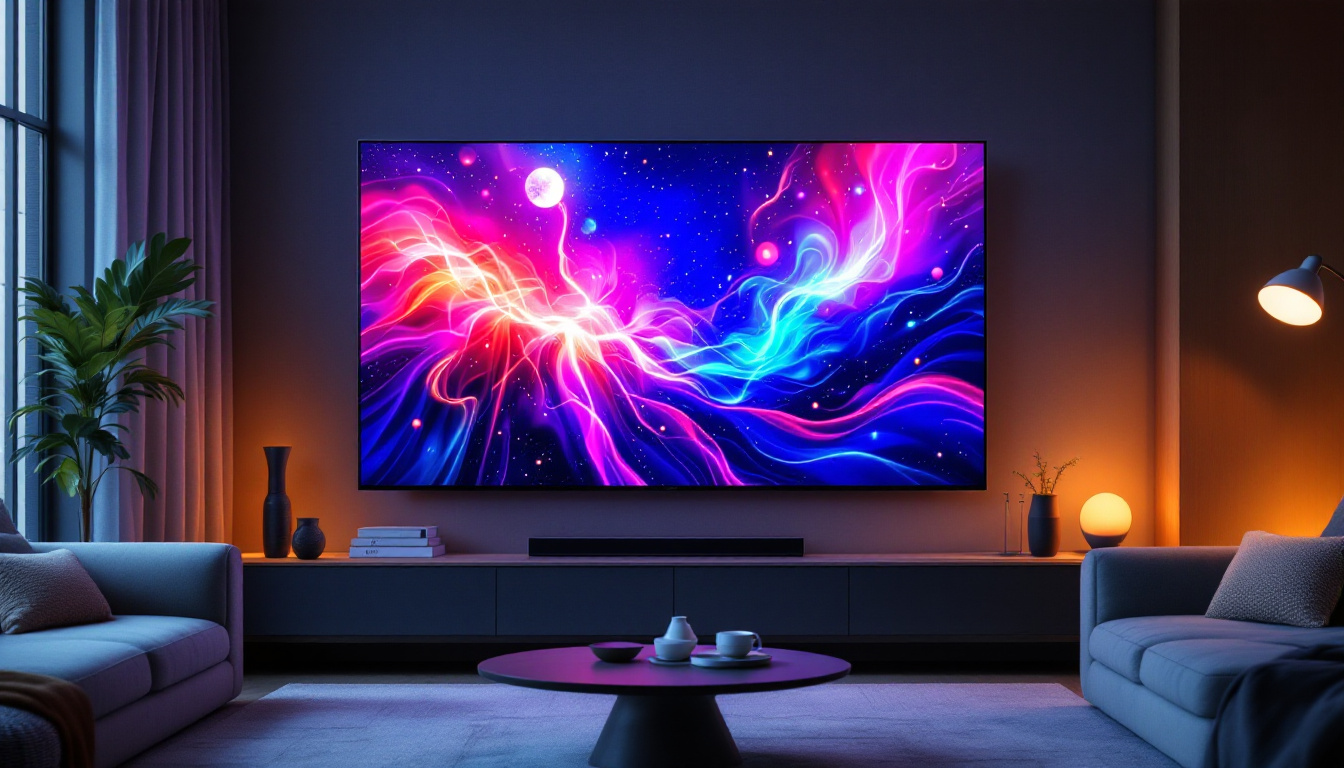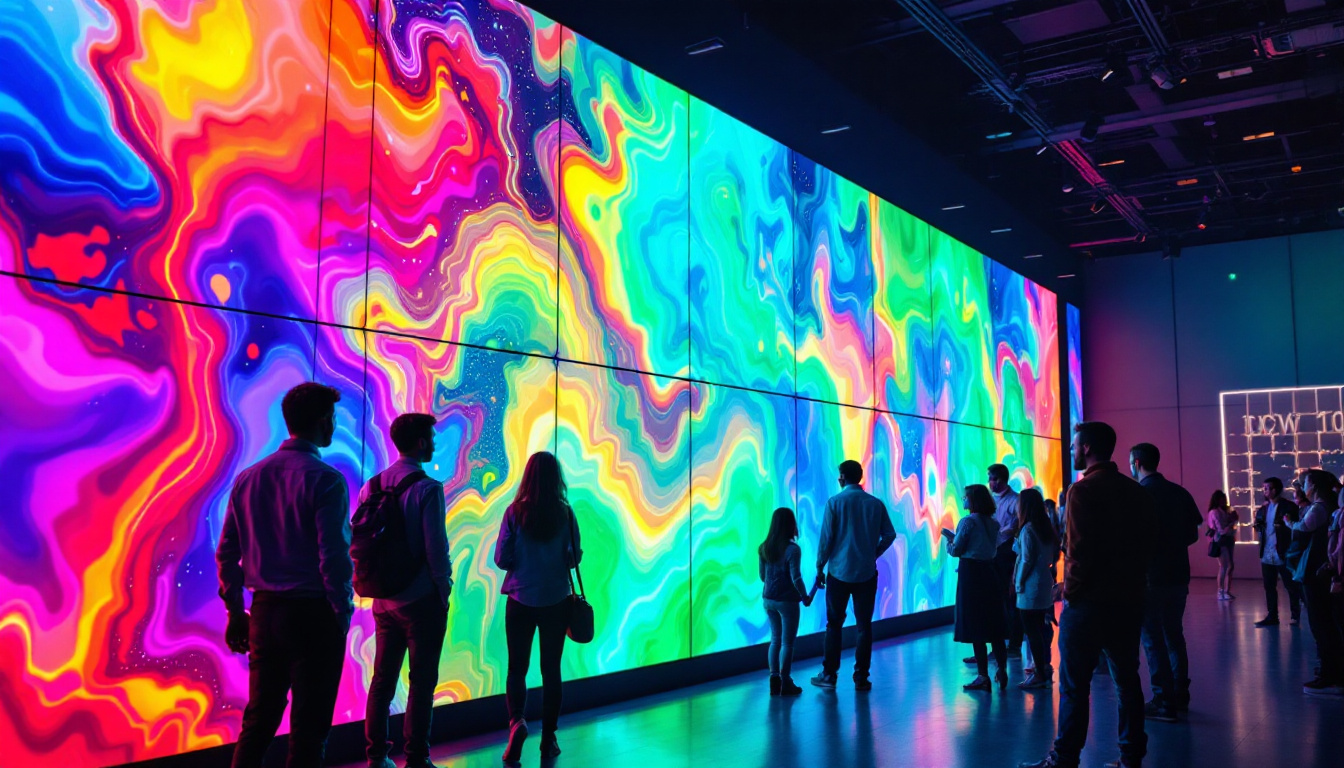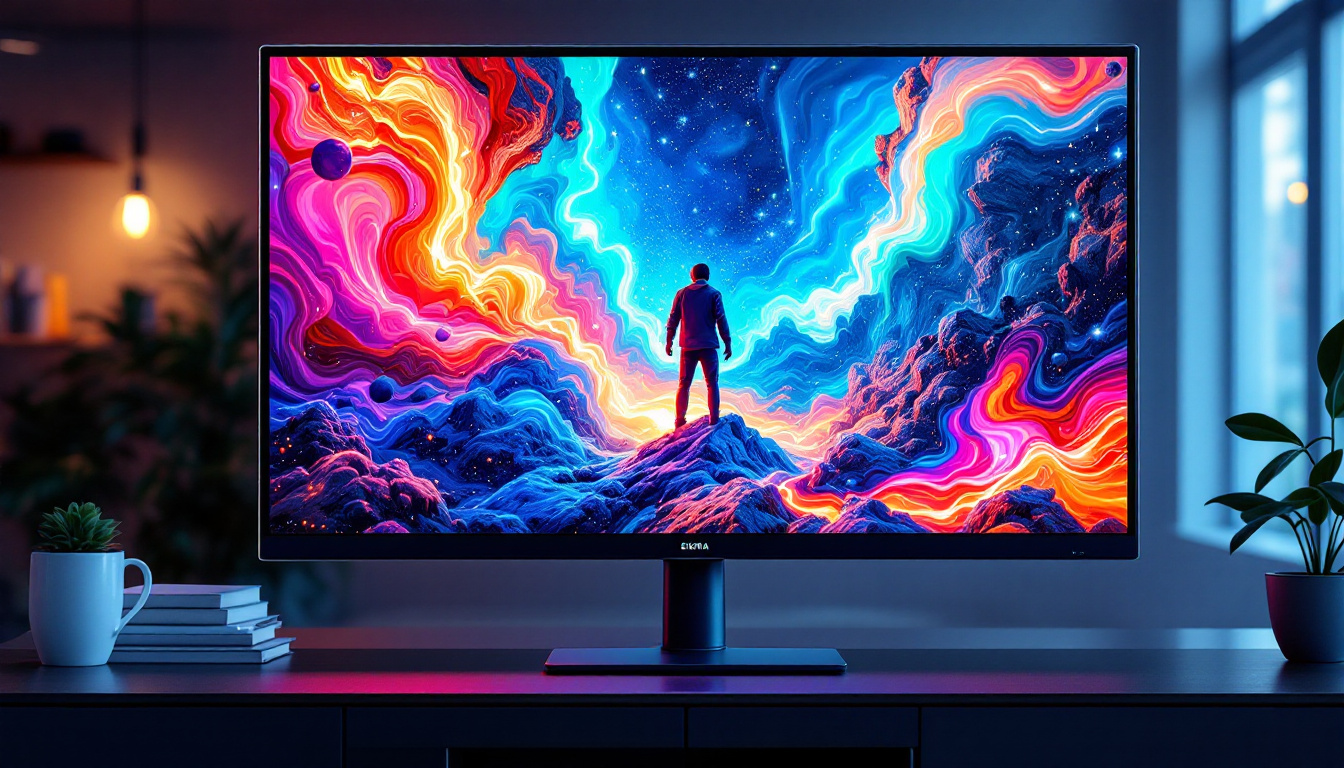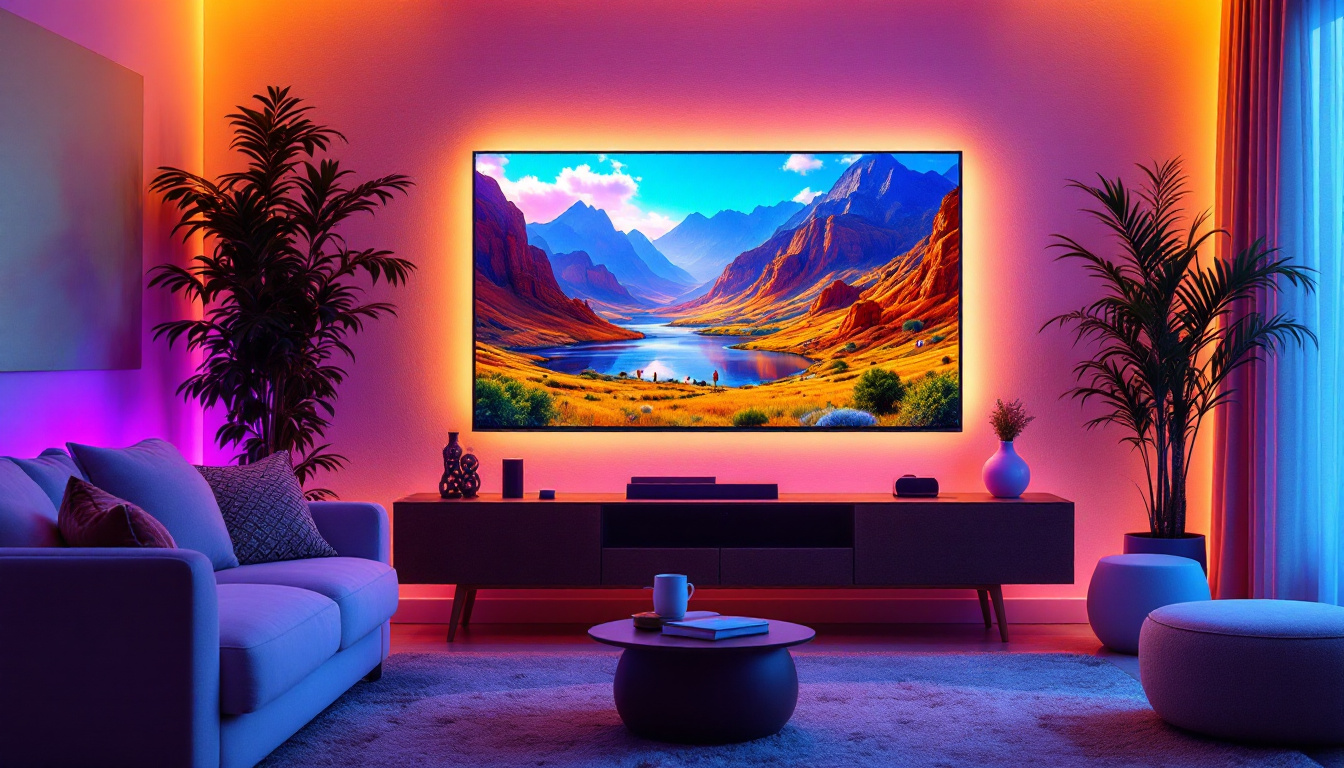In the world of interior design and commercial spaces, wall panelling has emerged as a popular choice for enhancing aesthetics and functionality. Among the various options available, LED display panels have gained significant traction due to their versatility and cost-effectiveness. This article delves into the intricacies of LED wall panelling, exploring its affordability, benefits, and practical applications.
Understanding LED Wall Panelling
LED wall panelling refers to the use of light-emitting diode (LED) technology integrated into wall panels. These panels can serve multiple purposes, from decorative elements to functional displays for advertisements or information. The technology has evolved significantly, making it more accessible and affordable for various applications. With the rise of smart homes and modern office spaces, LED wall panelling has become a popular choice for enhancing aesthetics while providing practical lighting solutions.
What is LED Technology?
LED technology utilizes semiconductor materials to emit light when an electric current passes through them. This process is energy-efficient and produces less heat compared to traditional lighting methods. The compact size of LEDs allows for greater design flexibility, enabling them to be integrated into wall panels seamlessly. Furthermore, the ability to control the brightness and color of LEDs opens up a world of creative possibilities for designers and architects, allowing for dynamic lighting schemes that can change according to mood or time of day.
Moreover, LED technology is known for its longevity. With a lifespan that can exceed 50,000 hours, LED panels are a sustainable choice, reducing the need for frequent replacements and minimizing waste. This durability not only benefits the environment but also translates to cost savings for businesses and homeowners alike, as they spend less on maintenance and replacement costs over time. Additionally, advancements in LED technology have led to improved color accuracy and brightness, making them suitable for a wide range of applications, from art galleries to retail spaces.
Types of LED Wall Panels
There are several types of LED wall panels available on the market, each catering to different needs and preferences. Some of the most common types include:
- Direct View LED Panels: These panels are designed for high-brightness applications and are often used in outdoor advertising and large displays. Their vibrant colors and high visibility make them ideal for capturing attention in busy urban environments.
- LED Backlit Panels: These panels use LEDs to backlight a translucent surface, creating a uniform glow. They are ideal for indoor applications where a softer light is desired, such as in restaurants or lobbies, where ambiance is key to customer experience.
- Modular LED Panels: These panels can be easily assembled and customized to fit various wall sizes and shapes, offering flexibility in design. This adaptability makes them perfect for temporary installations or events, allowing for creative displays that can be reconfigured as needed.
Each type has its unique advantages, making it essential to choose the right one based on the intended use and environment. For instance, in retail settings, direct view panels can be used to create eye-catching displays that draw customers in, while backlit panels can enhance the overall shopping experience by providing a warm and inviting atmosphere. Additionally, modular panels can be utilized in exhibitions or trade shows, where the ability to quickly set up and dismantle displays can be a significant advantage.
Cost-Effectiveness of LED Wall Panelling
One of the primary considerations when selecting wall panelling is cost. LED wall panels have become increasingly affordable, making them an attractive option for both residential and commercial spaces. Several factors contribute to their cost-effectiveness.
Lower Energy Consumption
LED panels consume significantly less energy compared to traditional lighting solutions. This reduction in energy usage translates to lower electricity bills, making LED wall panelling a financially savvy choice in the long run. Businesses, in particular, can benefit from the cost savings associated with reduced energy consumption, allowing them to allocate resources to other essential areas.
Reduced Maintenance Costs
Another aspect of cost-effectiveness is the reduced maintenance associated with LED wall panels. The long lifespan of LEDs means that replacements are infrequent, and the durability of the panels minimizes the likelihood of damage. This translates to lower maintenance costs and less disruption to daily operations, making LED wall panelling an appealing option for busy environments.
Benefits of LED Wall Panelling
Beyond cost-effectiveness, LED wall panelling offers a range of benefits that enhance its appeal. These advantages make it a preferred choice for various applications, from retail environments to residential spaces.
Design Versatility
LED wall panels come in a variety of designs, colors, and sizes, allowing for extensive customization. This versatility enables designers to create unique and engaging environments that reflect the brand’s identity or the homeowner’s personal style. Whether it’s a vibrant display in a retail store or a calming backdrop in a living room, LED panels can be tailored to meet specific aesthetic goals.
Enhanced Visual Appeal
Incorporating LED wall panelling into a space can significantly enhance its visual appeal. The ability to display dynamic content, such as videos or animations, allows for captivating presentations that can attract attention and engage viewers. This feature is particularly beneficial in commercial settings, where capturing customer interest is crucial for driving sales.
Environmental Impact
As sustainability becomes a growing concern, LED wall panelling stands out as an environmentally friendly option. The energy efficiency and longevity of LEDs contribute to a lower carbon footprint, making them a responsible choice for eco-conscious consumers and businesses alike. Additionally, many manufacturers are adopting sustainable practices in their production processes, further reducing the environmental impact of LED panels.
Applications of LED Wall Panelling
The versatility of LED wall panelling makes it suitable for a wide range of applications. From commercial spaces to residential settings, these panels can be utilized in various ways to enhance functionality and aesthetics.
Commercial Use
In commercial environments, LED wall panels are commonly used for advertising and branding purposes. Retail stores, restaurants, and corporate offices can leverage dynamic displays to showcase products, promotions, or important information. The eye-catching nature of LED panels can draw in customers and create an engaging atmosphere that encourages spending.
Moreover, LED wall panels can be used in conference rooms and event spaces to create immersive presentations. The ability to display high-quality visuals ensures that information is communicated effectively, enhancing the overall experience for attendees.
Residential Use
In residential settings, LED wall panelling can transform living spaces into modern and stylish environments. Homeowners can use these panels to create feature walls, accent lighting, or even interactive displays for entertainment purposes. The customizable nature of LED panels allows for personal expression, enabling homeowners to curate their spaces according to their tastes.
Installation Considerations
While LED wall panelling offers numerous benefits, proper installation is crucial to ensure optimal performance and longevity. There are several factors to consider during the installation process.
Surface Preparation
Before installing LED wall panels, it is essential to prepare the surface adequately. This may involve cleaning, patching, or priming the wall to ensure a smooth and secure installation. Proper surface preparation helps prevent issues such as peeling or warping, which can compromise the integrity of the panels.
Electrical Requirements
LED wall panels require a power source, and ensuring that the electrical system can support the installation is vital. Consulting with a qualified electrician can help determine the appropriate wiring and voltage requirements. This step is particularly important for larger installations or when integrating panels with existing lighting systems.
Professional Installation vs. DIY
While some homeowners may opt for a DIY approach, hiring professionals for installation can ensure that the panels are mounted securely and function correctly. Professionals have the expertise to handle any potential challenges that may arise during the installation process, providing peace of mind and ensuring a high-quality result.
Future Trends in LED Wall Panelling
The LED wall panelling industry is continually evolving, with new technologies and trends emerging. Staying informed about these developments can help consumers and businesses make informed decisions about their wall panelling options.
Smart Technology Integration
As smart home technology becomes increasingly prevalent, the integration of LED wall panels with smart systems is on the rise. This allows users to control lighting, colors, and displays through mobile apps or voice commands, enhancing convenience and customization. Smart LED panels can also adapt to different settings, creating dynamic environments that respond to user preferences.
Increased Interactivity
Interactive LED wall panels are gaining popularity, particularly in commercial settings. These panels can respond to touch or motion, creating engaging experiences for users. For example, retail stores may use interactive displays to allow customers to browse products or access information in an engaging manner, enhancing the shopping experience.
Advancements in Resolution and Quality
As technology advances, the resolution and quality of LED wall panels continue to improve. Higher resolution panels provide sharper images and more vibrant colors, making them ideal for applications that require high visual fidelity. This trend is particularly relevant in sectors such as entertainment and advertising, where visual impact is paramount.
Conclusion
LED wall panelling represents a cost-effective and versatile solution for enhancing both residential and commercial spaces. With its numerous benefits, including energy efficiency, design flexibility, and visual appeal, it is no wonder that LED panels are becoming a preferred choice for many. As technology continues to evolve, the future of LED wall panelling looks promising, with innovations that will further enhance its functionality and appeal.
For those considering wall panelling options, LED displays offer an exciting avenue to explore. Whether for branding, advertising, or personal expression, the potential of LED wall panelling is vast, making it a worthwhile investment for any space.
Discover LumenMatrix’s Innovative LED Solutions
Ready to elevate your space with the latest in LED technology? LumenMatrix is at the forefront of LED display innovation, offering a wide array of solutions tailored to your needs. From captivating Indoor and Outdoor LED Wall Displays to dynamic Vehicle and Sports LED Displays, our products are designed to make your message shine. Experience the transformative power of LED displays and join the visual revolution with LumenMatrix. Check out LumenMatrix LED Display Solutions today and see how we can help you create unforgettable visual experiences.

